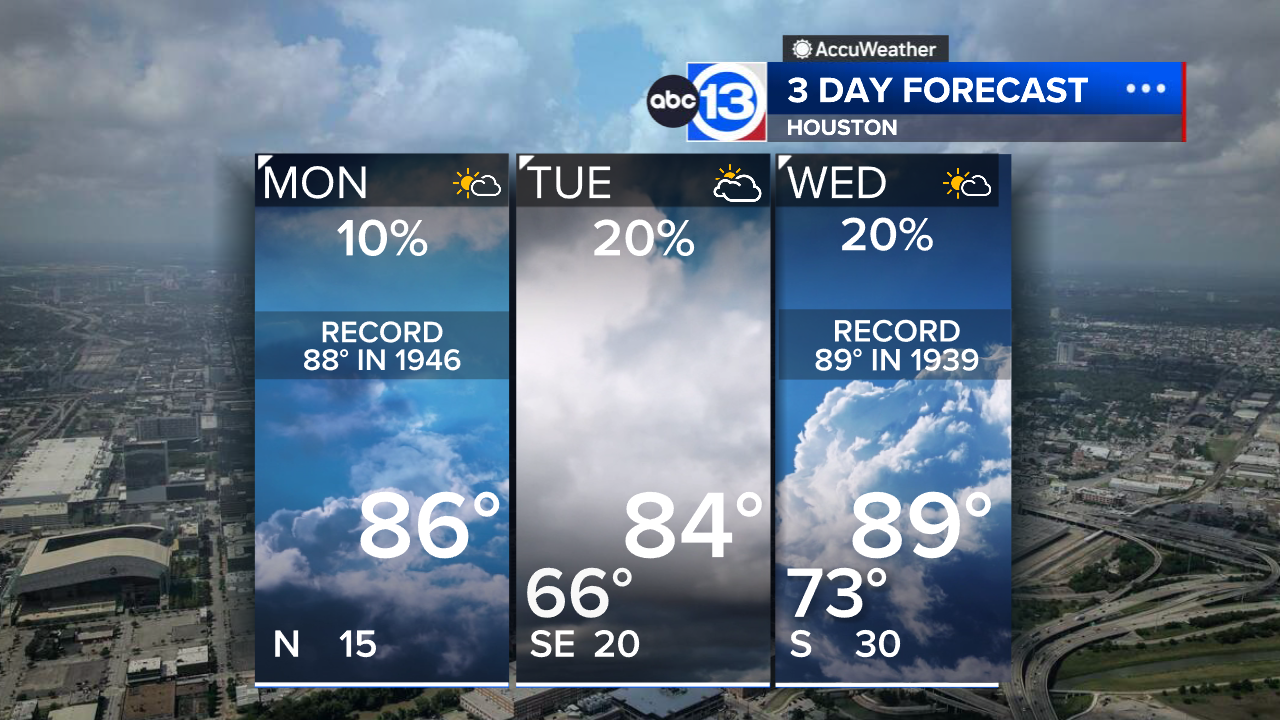Baby spiders are raining from the skies in Australia


In some parts of New South Wales, residents can expect the weather to be cloudy, with a chance of spiders.
In a story reminiscent of a Hollywood horror film, millions of baby spiders seemed to parachute from the sky in early May in the Southern Tablelands, reported Goulburn Post.
The news of the event occurring in the sparsely populated area first came to light when witness Ian Watson posted onto the Goulburn Community Forum on May 11, detailing the event.
"Anyone else experiencing this 'Angel Hair' or maybe aka millions of spiders falling from the sky right now? I'm 10 minutes out of town and you can clearly see hundreds of little spiders floating along with their webs and my home is covered in them. Someone call a scientist!," wrote Watson, who later said the spiders kept getting entangled in his beard.
Even more terrifying to arachnophobes is that experts say the event is not unprecedented, and but an annual migration called Angel Hair.
"You can know this has happened by either seeing it or spotting what looks like long threads of cotton telegraph poles, power lines and houses," said another witness, Keith Basterfield.
Rick Vetter, a retired research associate of entomology at the University of California, told ABC News the reason this happens is because of a dispersal technique called ballooning. Ballooning occurs after a mother spider lays her eggs and they hatch.
Amateur video of spider ballooning in Texas
"[The babies] want space to themselves, you got 1,000 brothers and sisters sitting right around you, you're not going to go close and make a web -- there's too much competition," Vetter said.
So, instead of staying close to home, the spiders take flight. The babies climb up to something tall, like a fence post, release their silk and let the updraft carry them away into the sky.
Though ballooning happens often, the mass ballooning currently being reported in Australia is rare. Mike Draney, an arachnologist at the University of Wisconsin-Green Bay, told ABC News that in cases like this, there's multiple mothers, a big population of spiders, and maybe even more than one species, and the weather plays a big factor as well.
"It can't be too windy and there needs to be warm rising air currents," said Draney.
But Draney reassured the squeamish that these spiders pose no threat to humans. For now.
"Spiders can't bite humans until they get to be a certain size," Draney said. "When spiders are born, they're small and can't break human skin. I'd be very surprised to hear any ballooning spiders can bite."






